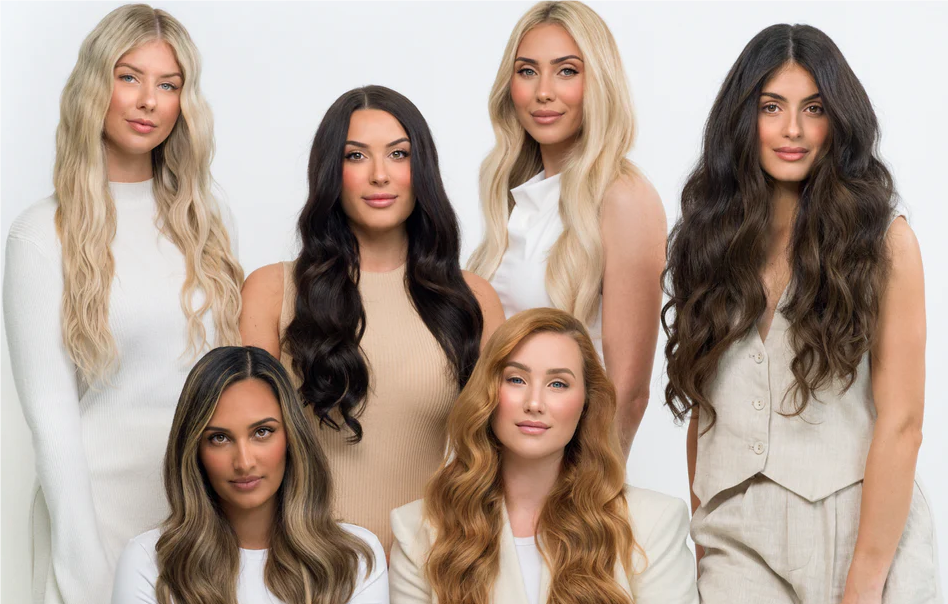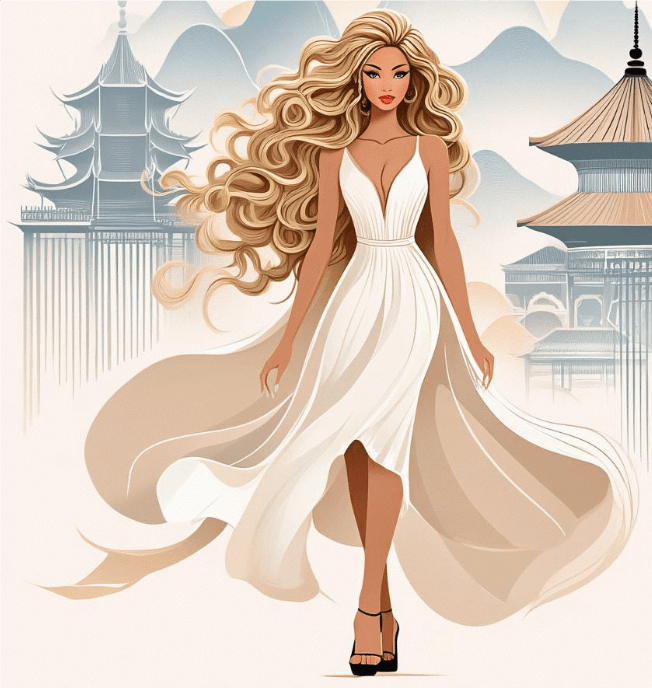Zala Hair Extensions Tape In: A Great Option for Black and White Women
Zala Hair Extensions Tape In: A Great Option for Black and White Women
Introduction
Zala hair extensions tape in have become a popular choice among women looking to enhance their hair with a convenient and stylish solution. In this article, we will explore how these tape in extensions can benefit both black and white women, while also considering related keywords such as indian weft hair extensions, indian remy hair weft, and indian remy hair weave.

For Black Women
Texture and Volume Enhancement
Black women often desire hair extensions that can complement their natural hair texture and add significant volume. Zala hair extensions tape in can be an excellent option in this regard. They can blend well with the kinky or coily texture of black hair, especially when considering indian remy hair weft or indian remy hair weave options within the Zala range. The indian remy hair, known for its quality and texture, can mimic the natural look and feel of black hair, providing a seamless blend. This allows black women to achieve a more voluminous look without sacrificing the authenticity of their hair's appearance.

Versatility in Styling
Similar to indian weft hair extensions, Zala tape in extensions offer black women the ability to style their hair in various ways. They can be curled, straightened, or styled into updos, just like natural hair. This versatility enables black women to switch up their looks easily, whether for a formal event, a casual day out, or a professional setting. The tape in system also allows for easy application and removal, making it convenient for those who like to change their hairstyle frequently.

For White Women
Natural Look and Blend
White women, with their typically straighter or wavy hair textures, can also benefit from Zala hair extensions tape in. These extensions can add length and volume in a way that looks natural and blends seamlessly with their own hair. The indian weft hair extensions aspect of Zala's offerings can provide a smooth and flowing appearance that complements white women's natural hair. The hair can be styled to match the desired look, whether it's a sleek and polished style or a more tousled, wavy look.

Convenience and Ease of Use
For white women who may not have a lot of time to spend on complex hair extension application methods, Zala hair extensions tape in offer a convenient solution. The application process is relatively quick and straightforward, and the tape provides a secure hold without the need for complicated sewing or gluing techniques like some other hair extension methods. This ease of use makes it accessible for both professional stylists and those who prefer to do their own hair at home.

General Benefits
Quality and Durability
Zala hair extensions tape in are often made with highquality indian remy hair, ensuring durability and a natural look and feel. The hair is less likely to tangle or shed, and with proper care, the extensions can last for a considerable period. The tape used in these extensions is also designed to hold well but still be removable without causing excessive damage to the natural hair.
Customization Options
These tape in extensions come in a variety of lengths, colors, and textures, allowing both black and white women to customize their look according to their preferences. Whether it's a short, sassy style or long, flowing locks, and from natural colors to more vibrant hues, there are options to suit every taste and occasion.

Conclusion
In conclusion, Zala hair extensions tape in offer a valuable option for both black and white women looking to enhance their hair. With their ability to blend naturally, versatility in styling, convenience in application, and quality construction, they stand out among other hair extension methods. Whether compared to traditional indian weft hair extensions or other types, Zala tape in extensions provide a modern and practical solution for achieving the desired hair look with ease and style.





